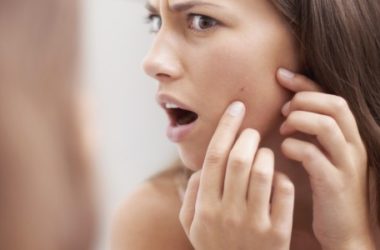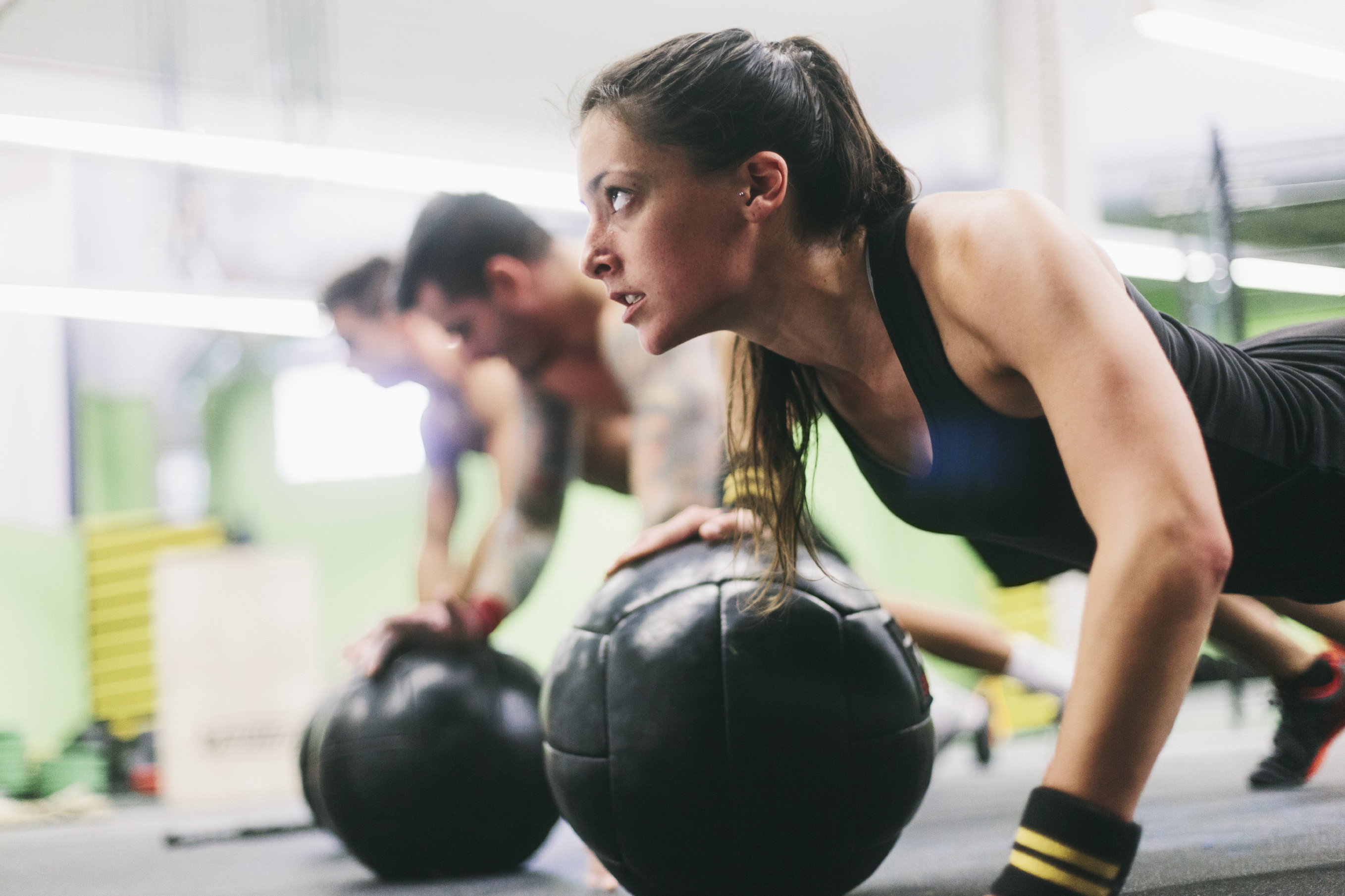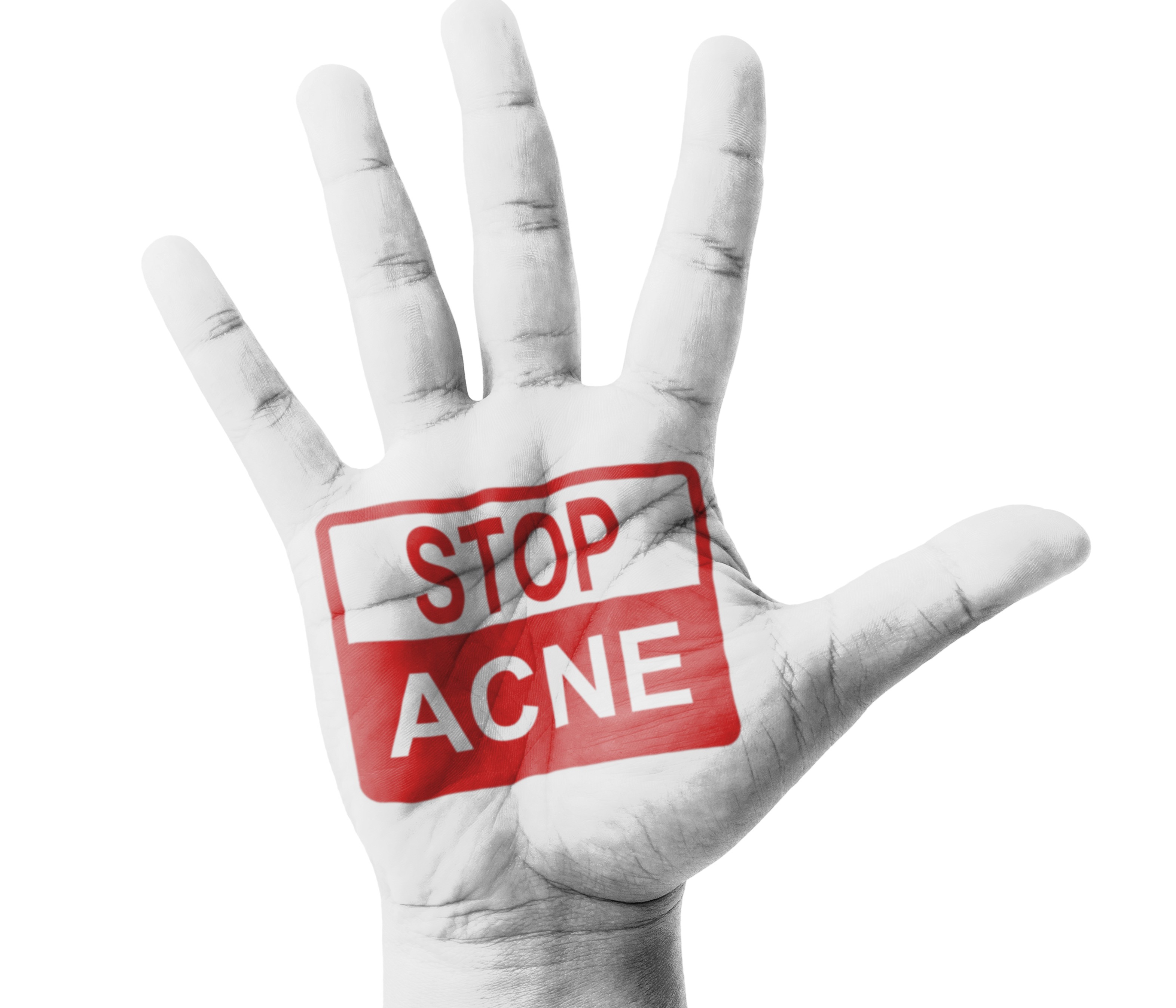Acne Treatments
-
Content written by Andrew Proulx, MD | Reviewed by EnhanceMyself Medical Team | Last updated 6/12/2023
- Overview
Overview
Topics covered on this page
- What is acne?
- Causes of acne
- Available treatments
- Cosmetic treatment options
- Acne scar removal
- Cost of acne treatments
What exactly is acne?
Acne is a chronic and recurring inflammatory skin condition that primarily affects the pilosebaceous unit, comprising a hair follicle, hair shaft, and sweat (sebaceous) gland. Three interconnected processes contribute to the development of acne:
- Excessive sebum (sweat) production triggered by sex hormones (androgens).
- Blockage of pilosebaceous pores caused by a skin protein called keratin.
- Colonization by a specific bacterium (P. acnes), leading to inflammation.
While acne is commonly associated with the face, it can impact any area with pilosebaceous glands, including the neck, back, chest, and shoulders. Acne is categorized into stages based on its severity:
- Grade 1: Comedones, which can be open (“blackheads”) or closed (“whiteheads”), without inflammation.
- Grade 2: Inflammatory papules, characterized by small red bumps with surrounding redness.
- Grade 3: Pustules, which are papules with white, pus-filled tips.
- Grade 4: Nodulocystic acne, the most severe form, featuring nodules (large bumps beneath the skin) and/or cysts (large pus-filled bumps). This type can be painful and result in significant permanent scarring.
Causes of Acne
While acne’s root causes include hormonal stimulation, keratin blockage, and bacterial colonization, various factors can trigger or worsen acne:
- Onset of puberty, due to hormonal fluctuations.
- Certain medications, such as lithium, steroids, and anti-seizure drugs.
- Occlusive clothing like underwire bras, headbands, or backpacks.
- Hormone-related health conditions like polycystic ovarian syndrome.
- Pregnancy.
- Genetic factors, as some inherited genes can lead to sweat that is prone to acne.
- Consumption of high glycemic index foods, including dairy products (which contain hormones) and junk food.
- Use of oil-based makeup and facial products.
- Pre-menstrual syndrome (PMS).
- Emotional factors like anger and anxiety.
Available treatments
A variety of treatments are available for acne, with most cases effectively managed. The choice of treatment depends on the acne’s severity, typically starting with milder options and progressing to stronger treatments if needed. These treatments can be topical (applied directly to the skin) or systemic (oral medications) and address the three main causes of acne:
- Keratin blocking of pilosebaceous pores: These treatments dissolve the keratin protein blocking pores, including topical retinoids (retinoic acid, adapalene, tretinoin), benzoyl peroxide, beta hydroxy acids (e.g., salicylic acid), and azelaic acid.
- Excessive sex hormone production: Agents that reduce androgen levels and regulate production, such as oral contraceptive pills (OCPs) for female patients and oral spironolactone for both genders.
- P. acnes bacteria: Antibiotics control bacterial overgrowth and reduce infection and inflammation. Options include topical antibiotics (e.g., dapsone) and oral antibiotics (e.g., doxycycline, minocycline).
Isotretinoin (Accutane®) is a potent oral medication reserved for severe cases of acne. However, it carries significant risks and is only used when other treatments fail.
Cosmetic treatment options
Cosmetic treatments can complement other acne treatments and improve its effects. These treatments are often performed by licensed medical professionals and may require multiple sessions. A research study yielded the following findings regarding various treatment options:
- Intense Pulsed Light (IPL): IPL treatment involves applying pulses of high-energy light at a specific wavelength to the skin. Studies have shown that IPL can result in improvement ranging from 34% to 88%, depending on the type and severity of acne.
- Photodynamic therapy: This procedure entails applying IPL, LED, fluorescent, incandescent, or laser light to pre-treated skin using a topical photosensitizer. Reported improvements range from 70% to 80%.
- Laser therapy: Various laser types, particularly Nd:YAG and KTP lasers, are utilized to reduce sebum production, coagulate pilosebaceous glands, and target bacteria. Improvement rates of 70% to 84% have been observed.
- Photopneumatic therapy: This innovative approach combines gentle suction with broadband pulsed light applied to the skin. Although it requires further evaluation, success rates of 78% to 90% have been reported.
- Self-use devices: The FDA has approved several home-use devices for acne treatment, including blue light devices. While they lack extensive research, a patient satisfaction rate of 61% has been reported.
Acne scar removal
Preventing scarring by treating moderate to severe acne is crucial. However, if scarring occurs, treatments are available, though their success varies. A study revealed the following outcomes for various treatment options:
- Platelet-rich plasma (PRP): Specific blood products are extracted from your blood and applied to scarred skin, either topically or beneath the skin. These blood products contain natural healing and growth factors that stimulate repair by depositing collagen. Reported results, rated as “excellent” after three treatments, exceed 90%.
- Laser resurfacing: Laser energy is used to eliminate damaged skin and promote new growth. Different types of lasers are employed, but these treatments often involve significant downtime due to skin damage. Learn more about available laser skin resurfacing options.
- Subcision: Needles are inserted beneath the scar and spread out to break up the fibrous strands within the scar. Approximately 10-20% of patients experience moderate improvement.
- Dermabrasion: This facial resurfacing technique mechanically damages the skin by using a rotating brush to remove the top layer. There is no available data regarding its efficacy.
- Microdermabrasion: Microdermabrasion is a facial resurfacing method that mechanically damages the skin, albeit not as deeply as dermabrasion. Around 18% of patients experience moderate improvement, while 9% report good improvement.
- Microneedling: Microneedling involves using a roller with multiple needles to puncture the skin multiple times, stimulating new growth and healing. This results in a 40-50% improvement in skin texture and a 51-60% improvement in appearance.
- Dermal fillers: Gels are injected under the skin to lift it and reduce scar depth. Cosmetic dermal fillers are temporary, typically lasting 3-6 months. Improvement rates are approximately 55%, with commonly used fillers including Bellafill, Juvederm, Radiesse, and Restylane injections.
- Chemical peels: Abrasive chemicals are employed to remove the superficial layer of skin, promoting new healing. Approximately one-quarter of patients report “excellent” results. Learn more about chemical peels.
Cost of acne treatments
The cost of acne treatment varies based on several factors, including the type of treatment, the extent and severity of the acne/scarring, location, professional fees, and the number of sessions required. For reference, national average fees per session according to the American Society of Plastic Surgeons (ASPS) include chemical peels ($644), IPL ($406), laser skin resurfacing ($1,201 – $1,963 depending on the laser type), microdermabrasion ($136), and dermal filler injections ($343 – $2,169 based on the filler used). Over-the-counter products may range from $20 to $60 per month, while prescription treatments can exceed $200 monthly.
For more information about acne visit www.aad.org.
Ready to take the next step? Find a dermatologist, plastic surgeon or facial plastic surgeon near you.
EnhanceMyself.com relies on sources such as professional medical organizations, government agencies, academic institutions, and peer-reviewed scientific journals to write it’s articles. Learn more about how we ensure our content is accurate, in-depth, and unbiased by reading our editorial guidelines.
*Medical Disclaimer: This website does not provide medical advice. Read more.




